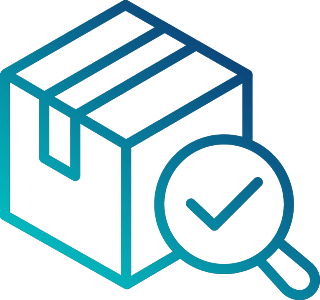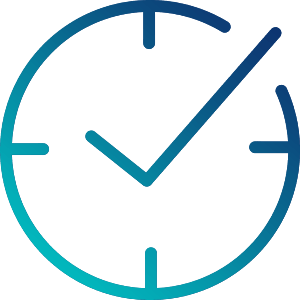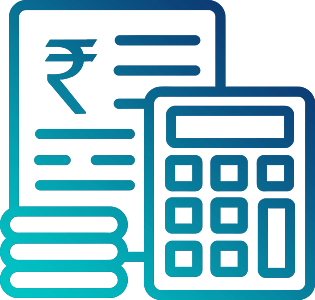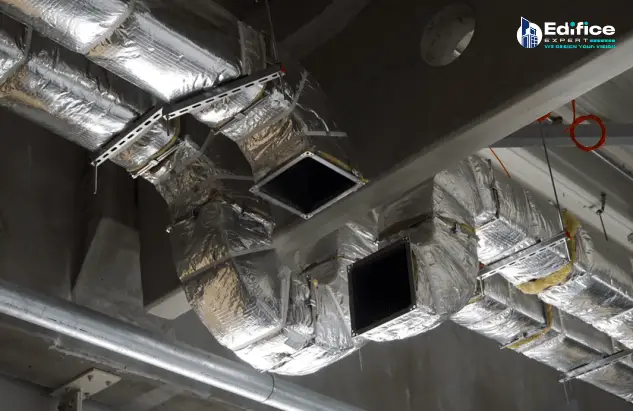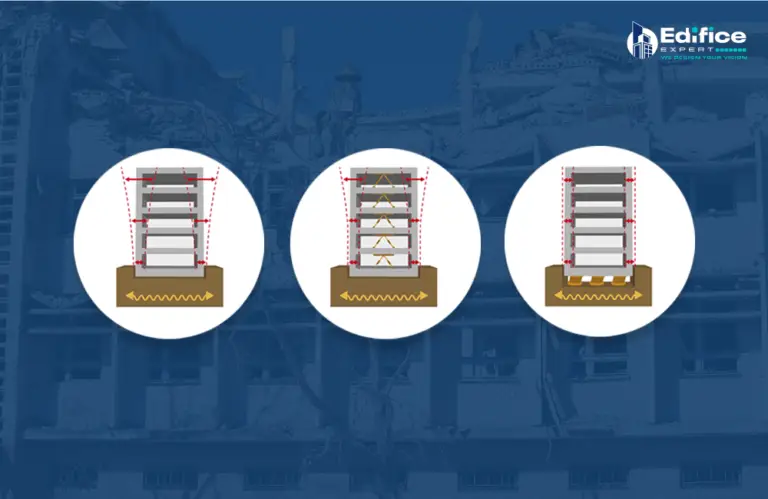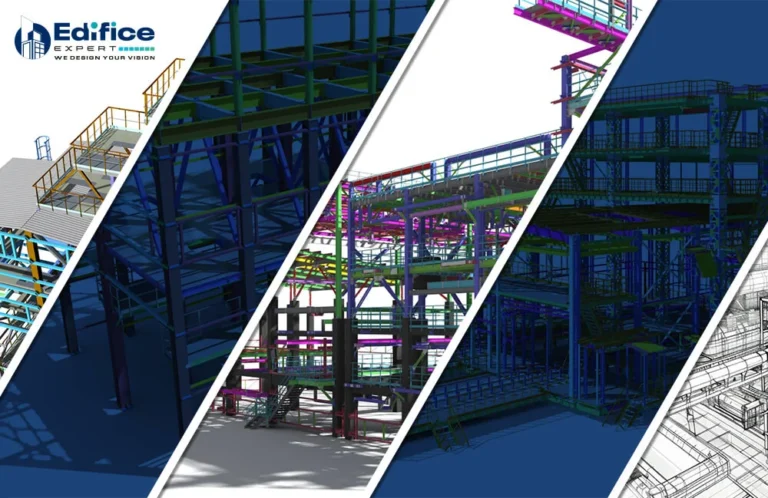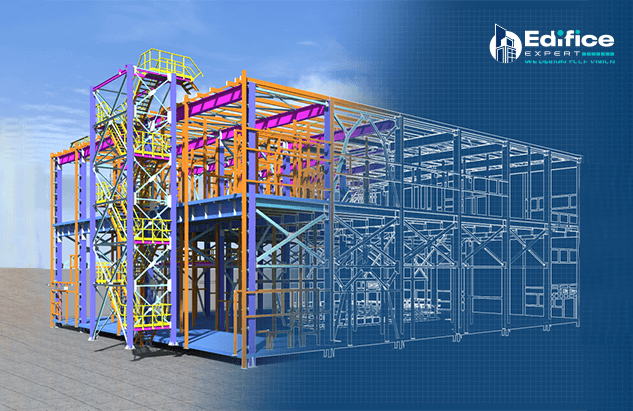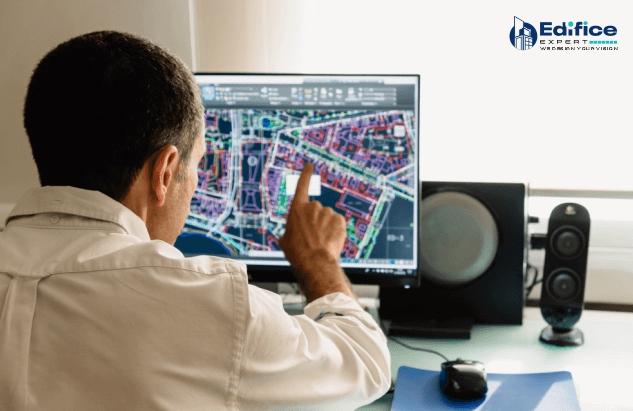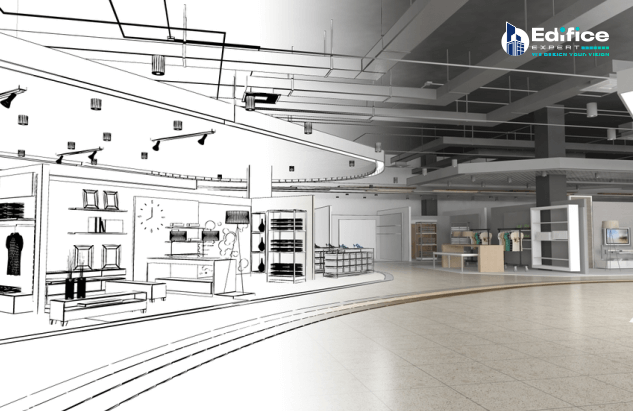Introduction
Have you ever dreamt of a construction project with zero surprises? Where clashes are detected before they become concrete nightmares, and data flows smoothly between the disciplines created? Well, it may sound fascinating, but it is not! Building Information Modeling (BIM) has transformed the construction world, where you can see how projects are designed, planned, and executed!
Today, BIM models are brimming with data used for everything from design collaboration to facility management. But just like a finely working engine, BIM requires a regular check-up, and that is where you need the BIM Quality Assurance and Validation Checklist.
With this checklist, BIM consultants can systematically validate their work, ensuring consistency and delivering high-quality models that surpass client expectations!
With the BIM Quality Assurance and Validation Checklist on your hand, you’re well on your way to achieving a project that is build to deliver only positive outcomes.
What is QA QC in BIM?
1) QA (Quality Assurance)
Quality Assurance is a proactive approach that will not let errors pass through the BIM model. The QA method is practically executed throughout the modeling stages for each discipline!
2) Quality Control (QC)
Quality Control is a reactive approach that involves identifying and correcting errors that do make it into the model. QC checks are performed after specific model completions.
Why Use a BIM Quality Assurance/Quality Control Checklist?
Why BIM QA/QC Checklist? Because a stitch in time saves nine, this saying states that just like a small tear in clothing can become a gaping hole if left unstitched, minor errors in a BIM model can lead to major problems down the road if done without quality checks!
1) Consistency and Standardization
If you have a checklist ready, you can be assured of the consistency and quality of 3D BIM modeling services used across different project phases and among various team members!
On the other hand, the checklist also ensures that all aspects of the BIM model adhere to industry standards such as ISO 19650 and project-specific requirements.
2) Error Prevention and Early Detection
BIM QA And Validation Checklist allows for early identification and correction of all probable errors, reducing the risk of costly mistakes later in the project.
Regular checks on the Mechanical, Electrical & Plumbing (MEP) remove the clashes & integration issues so that the building system can work together seamlessly.
3) Improved Communication and Collaboration
QA/QC has defined & clear guidelines for team members, reducing misunderstandings and ensuring everyone is on the same page.
A curated QA/QC checklist fosters better communication and coordination among stakeholders, such as architects, engineers, and contractors.
4) Efficiency and Time Savings
A checklist streamlines the QA/QC process, making it more efficient and less time-consuming.
By ensuring that all necessary checks are well executed in the model, the checklist helps in meeting project deadlines and milestones.
5) Documentation and Accountability
The BIM QA and Validation Checklist efficiently records all the QA/QC activities, which can be used for future reference and accountability.
Further, it offers transparency for all stakeholders, ensuring quality standards are met and documented.
6) Risk Management
A checklist manages & identifies risks at the earliest stage in the project, minimizing the likelihood of issues during construction.
7) Quality and Performance
When all the quality and control boxes are ticked, the final output of the BIM model will be high-quality and error-free!
Optimizing performance in the building will also ensure that all systems are correctly integrated and positioned as intended.
8) Cost Control
The checklist will identify errors and issues that control cost and avoid expensive rework.
List of BIM Quality Assurance and Validation Checklist
| Checklist item | Description |
| Model Accuracy | Check & verify that the model accurately represents the design intent and specifications. |
| Geometry Validation | Verify the preciseness and completeness of the model geometry. |
| Level of Development (LOD) | Examine that the model elements meet the required Level of Development. |
| Clash Detection | Inspect & review clash detection to identify and resolve any conflicts between model elements. |
| Data Consistency | Analyze all data within the model to be consistent and accurate. |
| Compliance with Standards | Investigate that the model complies with industry standards and project-specific requirements. |
| Model Coordination | Check for proper coordination between different disciplines within the model. |
| Information Completeness | Test that all necessary information and metadata are included in the model. |
| Model Integrity | Validate the integrity and stability of the model files. |
| Version Control | Scrutinize that version control practices are being followed correctly. |
| Documentation | Review that all necessary documentation is provided and correctly linked to the model. |
| Attribute Validation | Verify the accuracy and completeness of model attributes. |
| Dimensional Accuracy | Check the dimensional accuracy of model elements against design documents. |
| Naming Conventions | Review that all elements follow the agreed-upon naming conventions. |
| Performance Optimization | Validate that the model performs efficiently and is optimized for use. |
| Change Management | Verify that changes to the model are tracked and managed appropriately. |
| User Access and Permissions | Ensure that access and permissions are correctly set up for all model users. |
| Issue Resolution Tracking | Confirm that all identified issues are tracked and resolved on time. |
| Final Review and Approval | Conduct a final review and obtain approval from all stakeholders. |
| Training and Support Documentation | Check & verify that appropriate training and support documentation is available. |
Benefits of BIM QA/QC Design Model Validation
1) Clash Detection & Elimination
“An ounce of prevention is worth a pound of cure,” as the saying goes.BIM QA/QC powerfully proves this because it identifies clashes between different disciplines (architectural, structural, MEP) within the Revit BIM models. This directly removes costly rework and delays caused by clash detection on-site.
2) Enhanced Design Accuracy
Having an error-free design is a jackpot anyway! BIM QA/QC scrutinizes the Revit model for missing elements, incorrect data, and modeling errors. This attention to detail ensures an exact design, setting the stage for a successful construction phase.
3) Improved Cost Management
Construction is a complex zone where even minor missteps can lead to budget overruns. BIM QA/QC helps identify material waste and construction inefficiencies right at the beginning.
4) Streamlined Communication & Collaboration
Communication is critical,” they say, and a collaborative environment bounds BIM QA/QC. By showcasing errors in the Revit model using 3D BIM Coordination Services, all stakeholders, architects, engineers, and contractors stay on the same page, leading to efficient and smoother communication and collaboration throughout the building’s lifecycle.
5) Reduced Risk & Increased Project Value
With a strictly validated Revit model, you can confidently approach construction. BIM QA/QC reduces the risk of unforeseen issues arising during construction, leading to a safer and more predictable project outcome.
Why Edifice Expert for BIM Services?
BIM can be a transformative tool, but a poorly crafted model can create more problems than it solves- But Edifice Expert will not let that happen! Known for exceptional accuracy and innovative solutions in BIM services we aim to deliver only the best to our clients!
Our firm excels in delivering high-quality, thoroughly inspected, and reliable 3D models. Let us work together to create a safer and more predictable project outcome!
Conclusion
In conclusion, BIM QA/QC Design Model Validation work as your safety partner in your construction project, it’s an investment that pays dividends throughout the project lifecycle.


